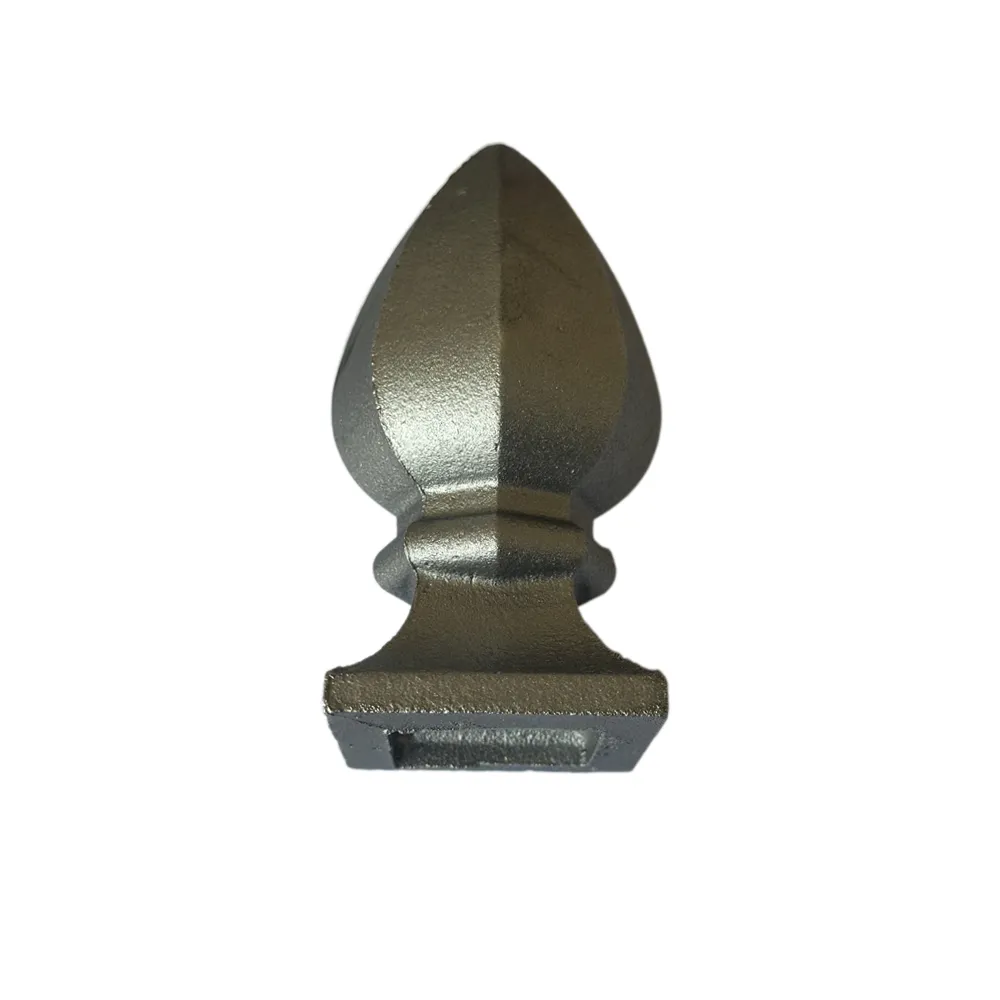ornamental iron castings
The Art and Craft of Ornamental Iron Castings
Ornamental iron castings are a stunning blend of artistry and craftsmanship, producing architectural elements that transform functional items into striking visual statements. This age-old technique involves pouring molten iron into molds to create intricate designs that are both durable and aesthetically pleasing. With roots tracing back to ancient civilizations, the artistry of iron casting has evolved significantly over the centuries, becoming a vital aspect of both decorative and structural applications in modern architecture.
One of the most captivating attributes of ornamental iron castings is their versatility. From gates and railings to window grilles and furniture, these castings add an element of sophistication and charm to any environment. Skilled artisans can create a myriad of designs ranging from classic and traditional motifs to contemporary styles, which ensures that there is something to suit every taste and architectural style. This adaptability not only enhances the visual appeal of spaces but also allows for personal expression through custom designs.
The process of creating ornamental iron castings begins with an initial design, often fashioned by a skilled designer or blacksmith. This design is then translated into a mold, usually made from sand or metal, which captures the intricate details of the artwork. Once the mold is prepared, molten iron is poured in, filling every crevice of the design. After the iron cools and solidifies, the casting is removed from the mold. This process can be remarkably complex; however, the end result is often a breathtaking piece that features intricacies that are hard to achieve with other materials.
ornamental iron castings

Durability is another key advantage of ornamental iron castings. Iron, known for its strength and resilience, ensures that these castings can withstand harsh weather conditions, making them ideal for outdoor applications. Unlike materials that may warp, crack, or fade over time, ornamental iron maintains its structural integrity and aesthetic appeal for many years with proper maintenance. To enhance their longevity, cast iron pieces can be treated with protective coatings that guard against rust and corrosion, ensuring that they remain beautiful throughout their lifespan.
In addition to their practical benefits, ornamental iron castings carry a rich historical significance. In various cultures, intricate ironwork has been used as a symbol of status and wealth. For instance, wrought iron gates and railings were common in aristocratic homes throughout Europe, serving not only as decorative features but also as statements of exclusivity. Today, the resurgence of interest in handcrafted and artisanal products has sparked a renewed appreciation for these timeless pieces, as homeowners and designers alike seek to add unique touches to their projects.
Furthermore, the revival of traditional blacksmithing techniques plays an essential role in the continued popularity of ornamental iron castings. Many artisans are dedicated to preserving these age-old methods while also incorporating modern technology to enhance their work. Computer-aided design (CAD) software allows for precision and creativity in the design process, while traditional casting techniques provide the texture and depth that make each piece unique.
In conclusion, ornamental iron castings are more than just decorative elements; they are a testament to an enduring craft that marries function and artistry. The skill involved in creating these pieces reflects a deep appreciation for tradition, quality, and design. As urban landscapes continue to evolve, the role of ornamental iron castings remains significant, bringing beauty and character to both residential and commercial environments. Whether gracing the entrance of a grand estate or embellishing a simple garden fence, these ironworks stand as timeless symbols of artistry and craftsmanship, inviting us to appreciate the beauty that can be wrought from iron.
-
Wrought Iron Components: Timeless Elegance and Structural StrengthNewsJul.28,2025
-
Window Hardware Essentials: Rollers, Handles, and Locking SolutionsNewsJul.28,2025
-
Small Agricultural Processing Machines: Corn Threshers, Cassava Chippers, Grain Peelers & Chaff CuttersNewsJul.28,2025
-
Sliding Rollers: Smooth, Silent, and Built to LastNewsJul.28,2025
-
Cast Iron Stoves: Timeless Heating with Modern EfficiencyNewsJul.28,2025
-
Cast Iron Pipe and Fitting: Durable, Fire-Resistant Solutions for Plumbing and DrainageNewsJul.28,2025
-
 Wrought Iron Components: Timeless Elegance and Structural StrengthJul-28-2025Wrought Iron Components: Timeless Elegance and Structural Strength
Wrought Iron Components: Timeless Elegance and Structural StrengthJul-28-2025Wrought Iron Components: Timeless Elegance and Structural Strength -
 Window Hardware Essentials: Rollers, Handles, and Locking SolutionsJul-28-2025Window Hardware Essentials: Rollers, Handles, and Locking Solutions
Window Hardware Essentials: Rollers, Handles, and Locking SolutionsJul-28-2025Window Hardware Essentials: Rollers, Handles, and Locking Solutions -
 Small Agricultural Processing Machines: Corn Threshers, Cassava Chippers, Grain Peelers & Chaff CuttersJul-28-2025Small Agricultural Processing Machines: Corn Threshers, Cassava Chippers, Grain Peelers & Chaff Cutters
Small Agricultural Processing Machines: Corn Threshers, Cassava Chippers, Grain Peelers & Chaff CuttersJul-28-2025Small Agricultural Processing Machines: Corn Threshers, Cassava Chippers, Grain Peelers & Chaff Cutters












